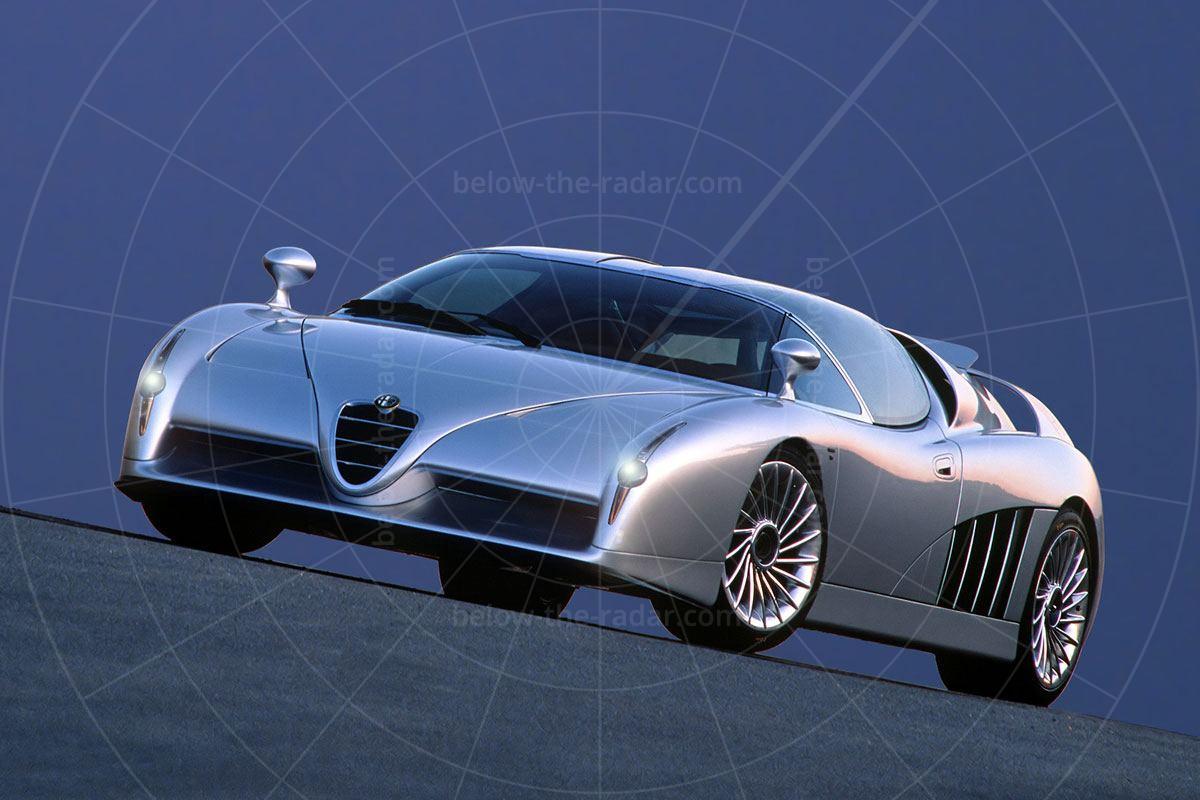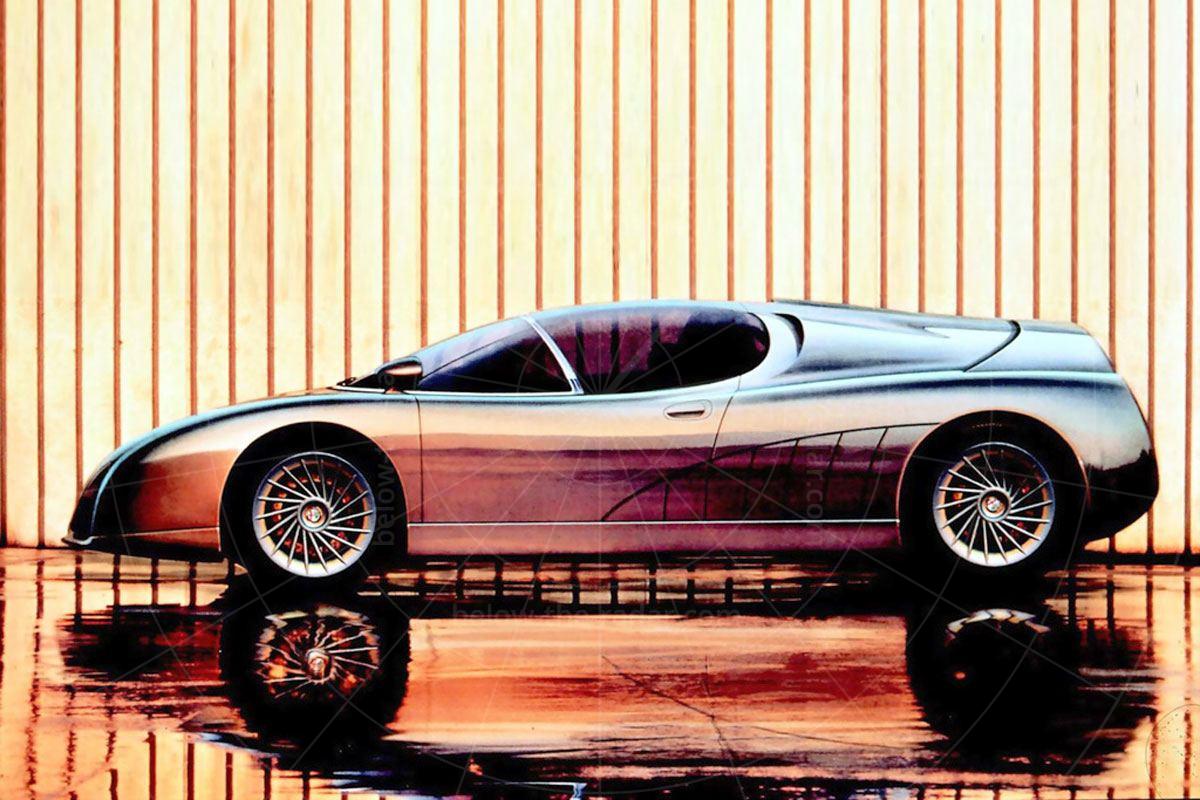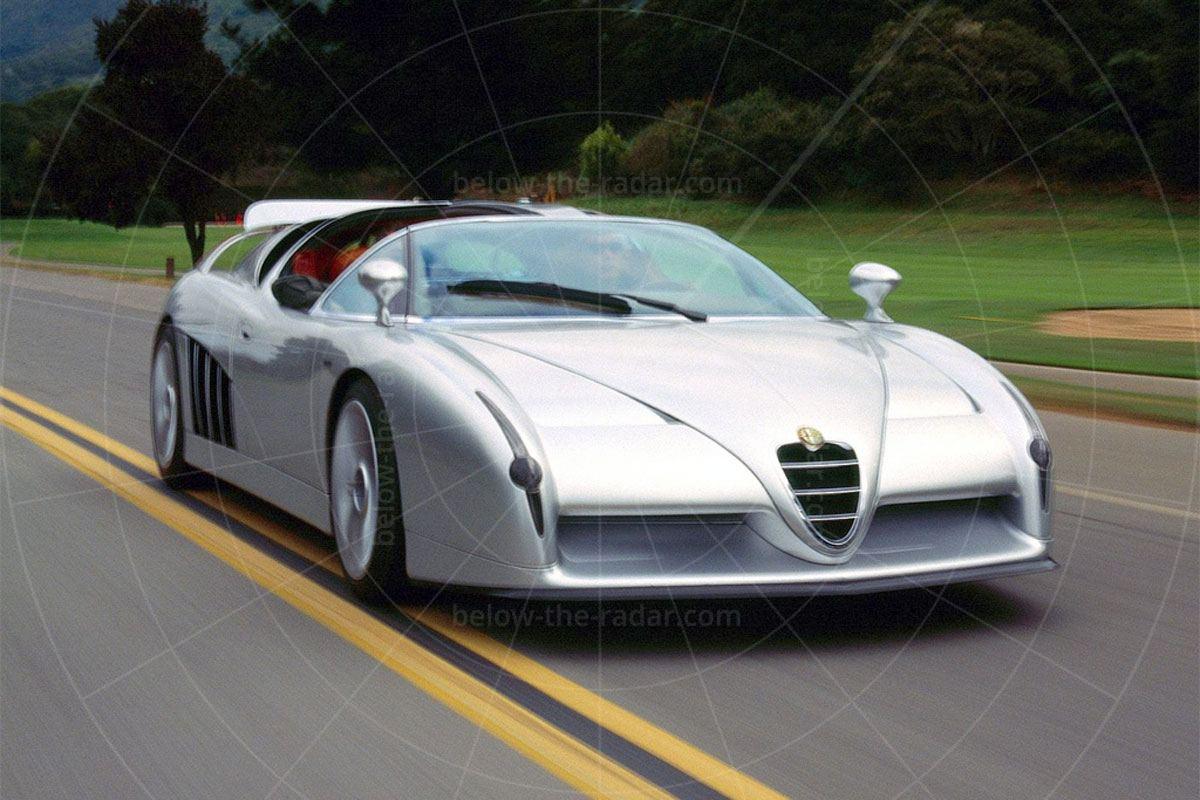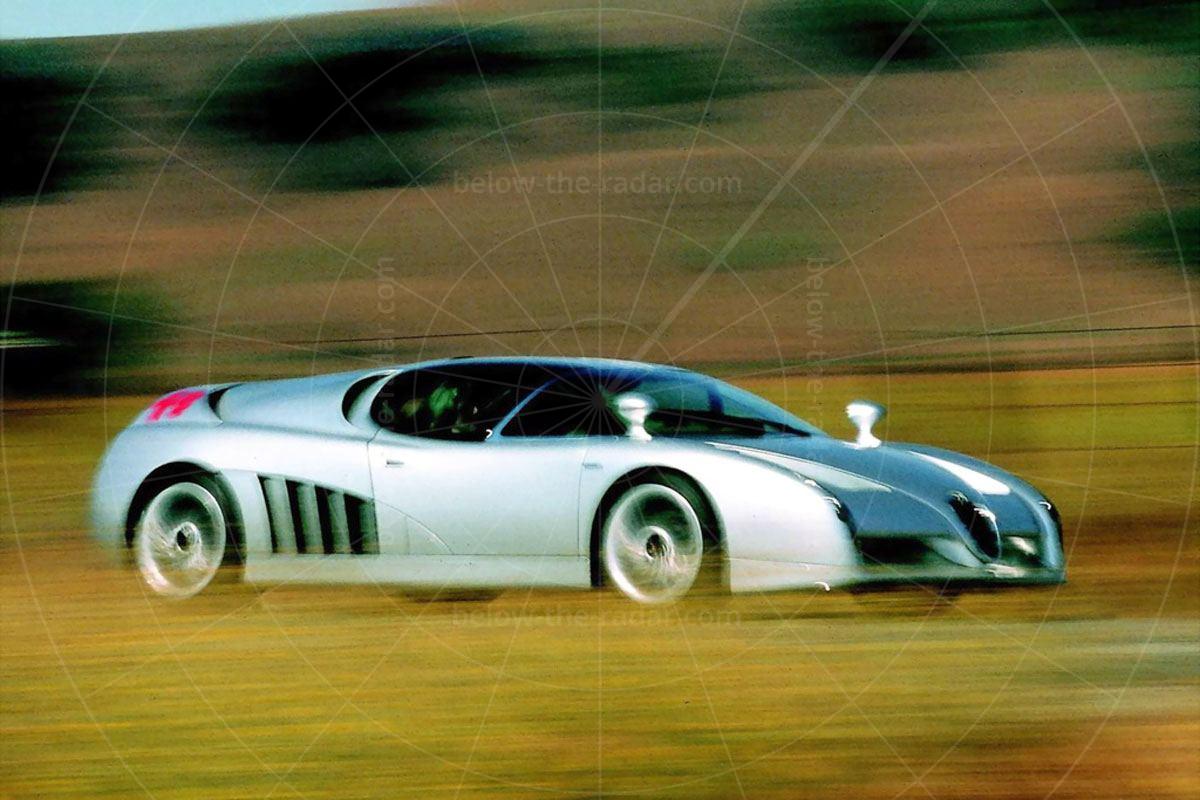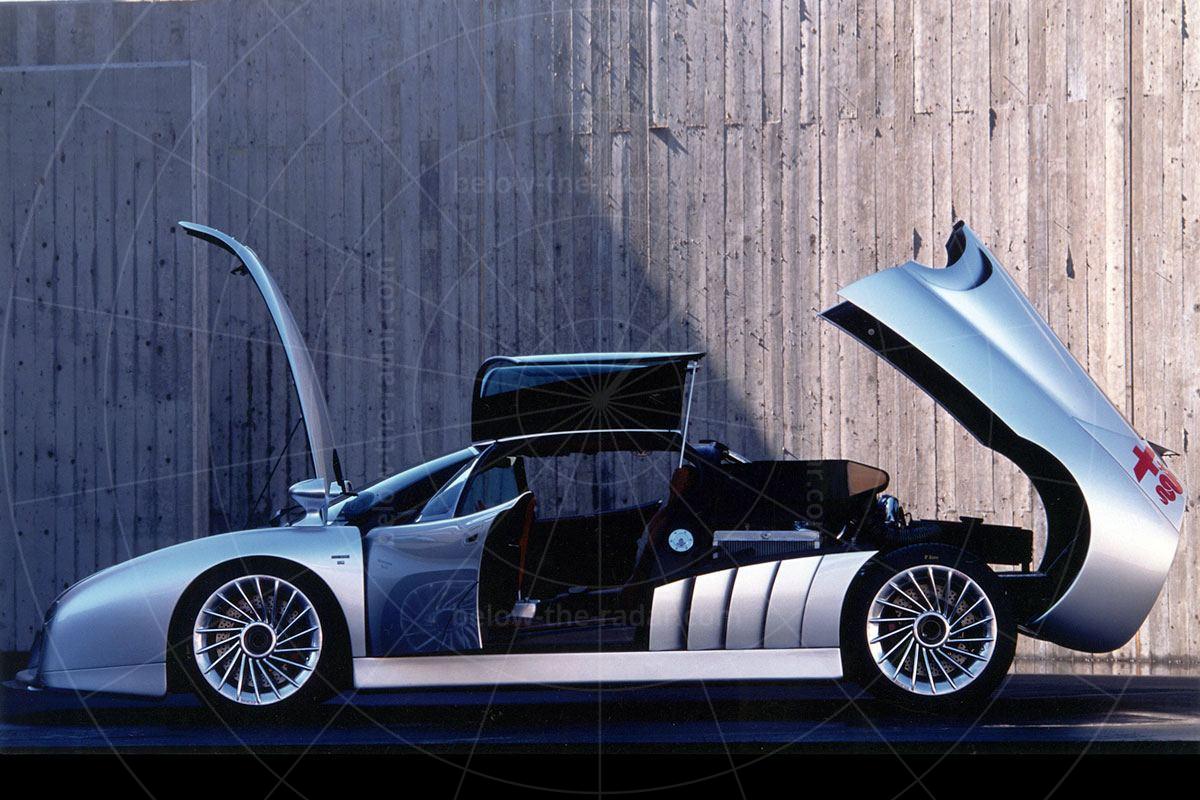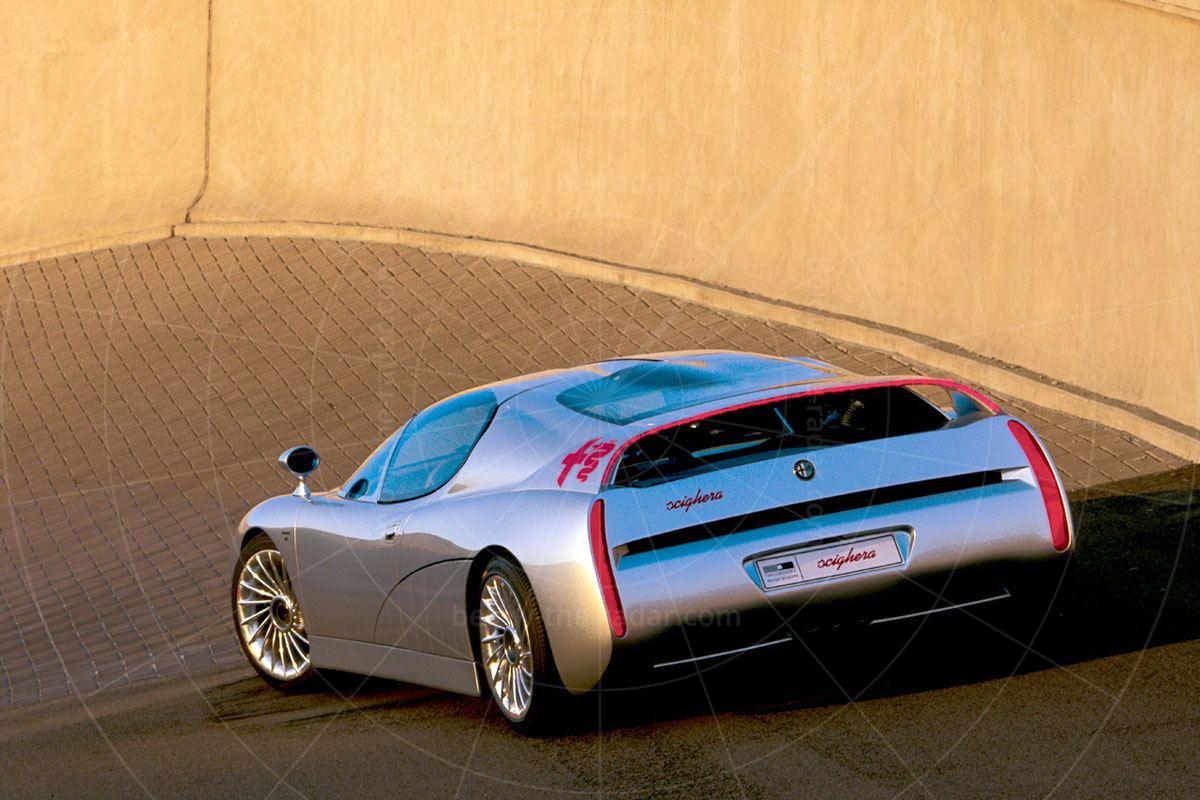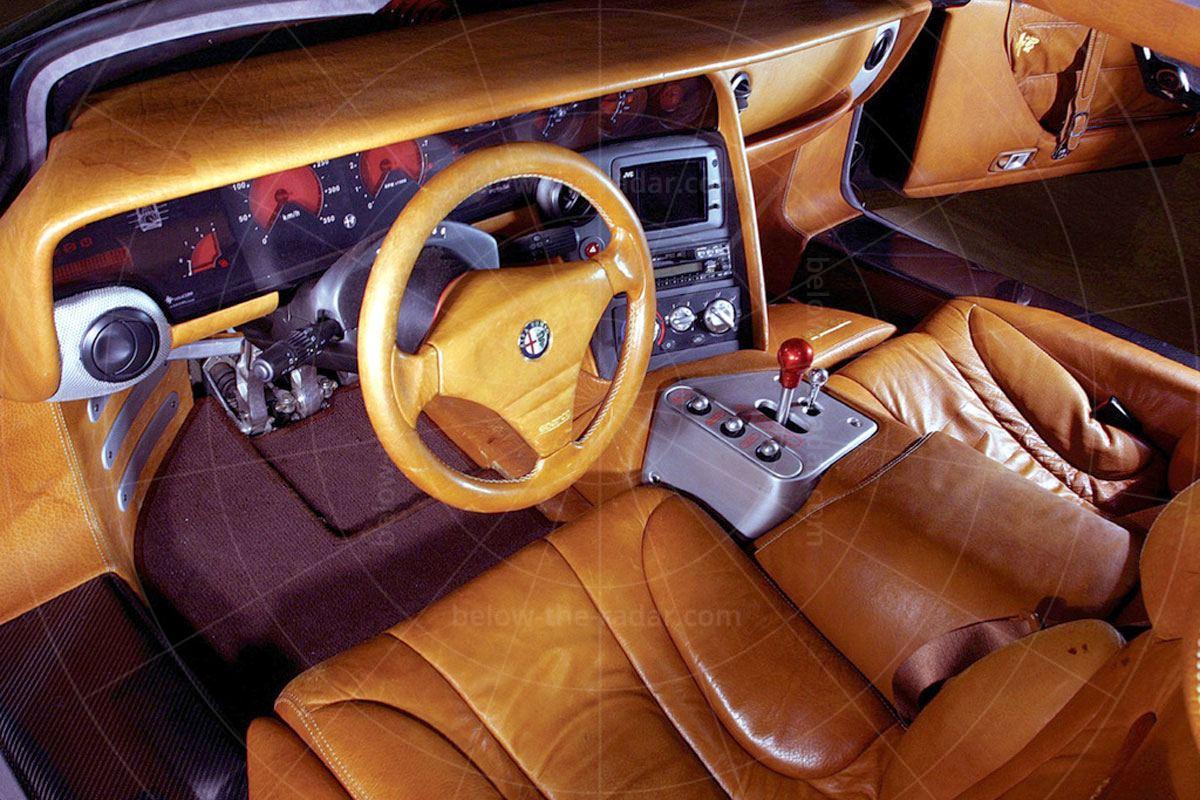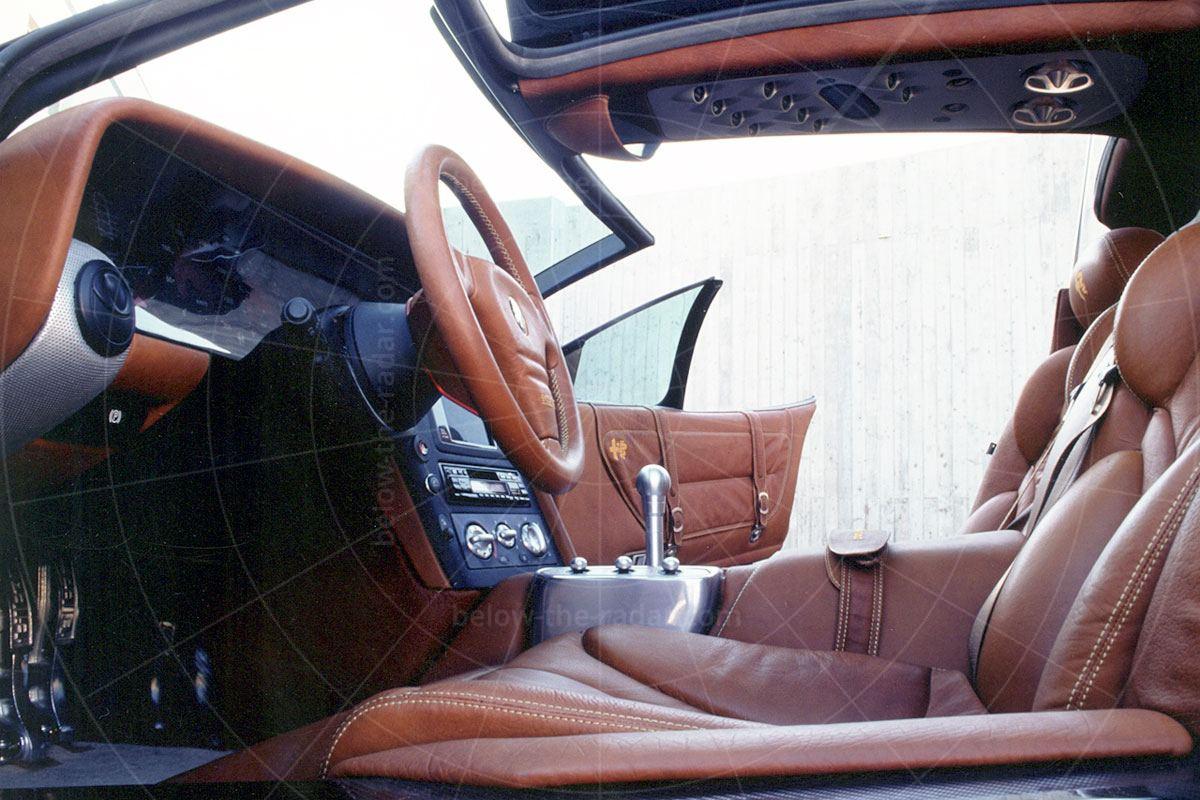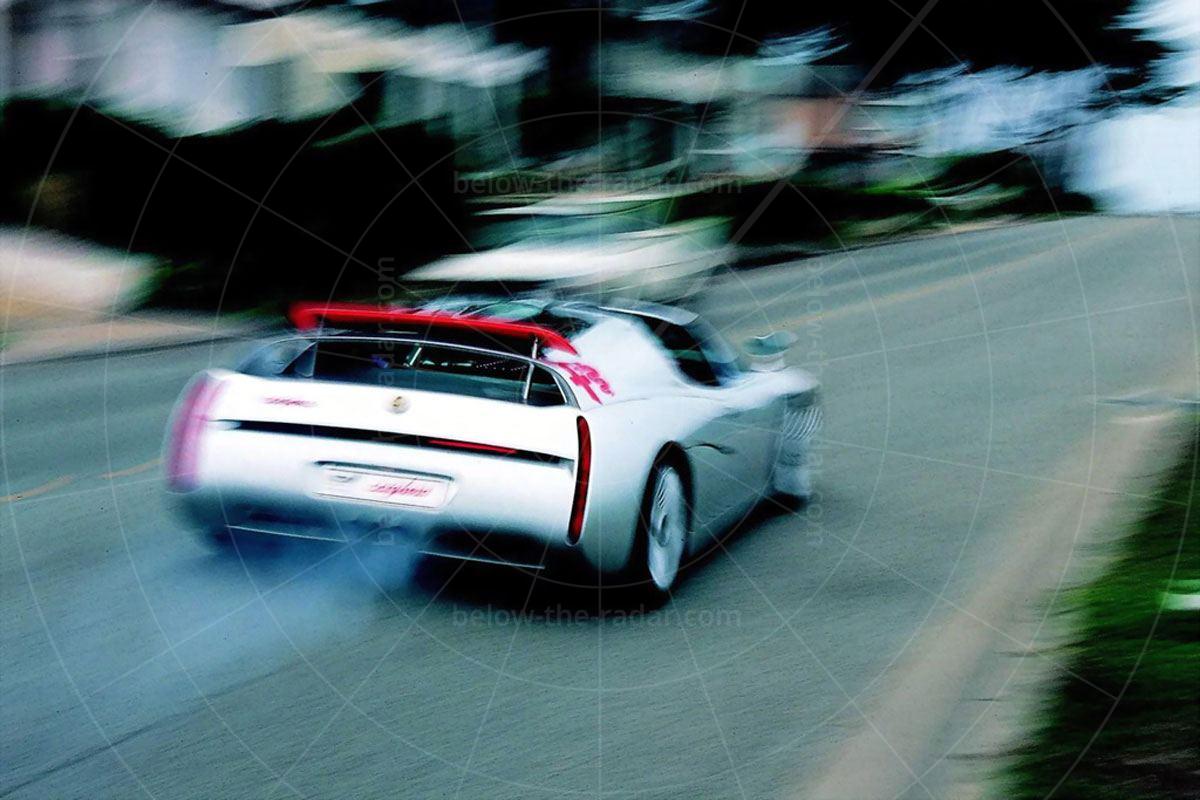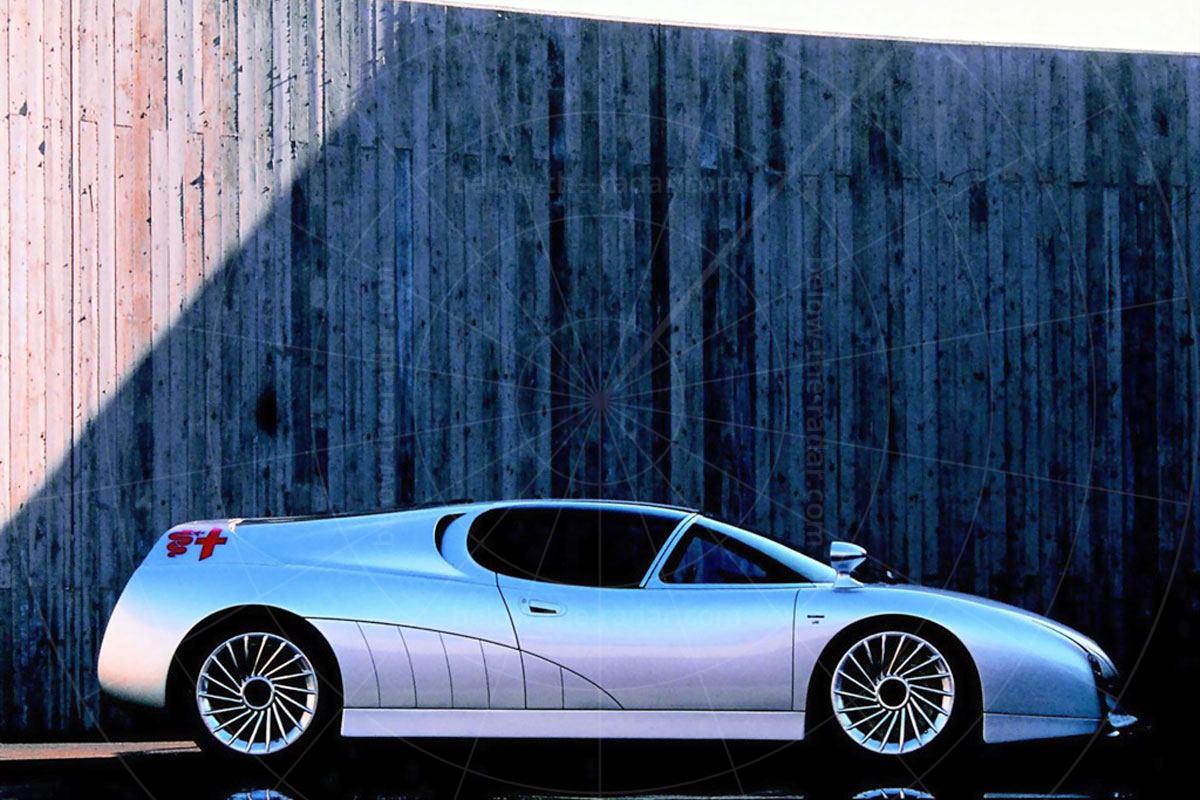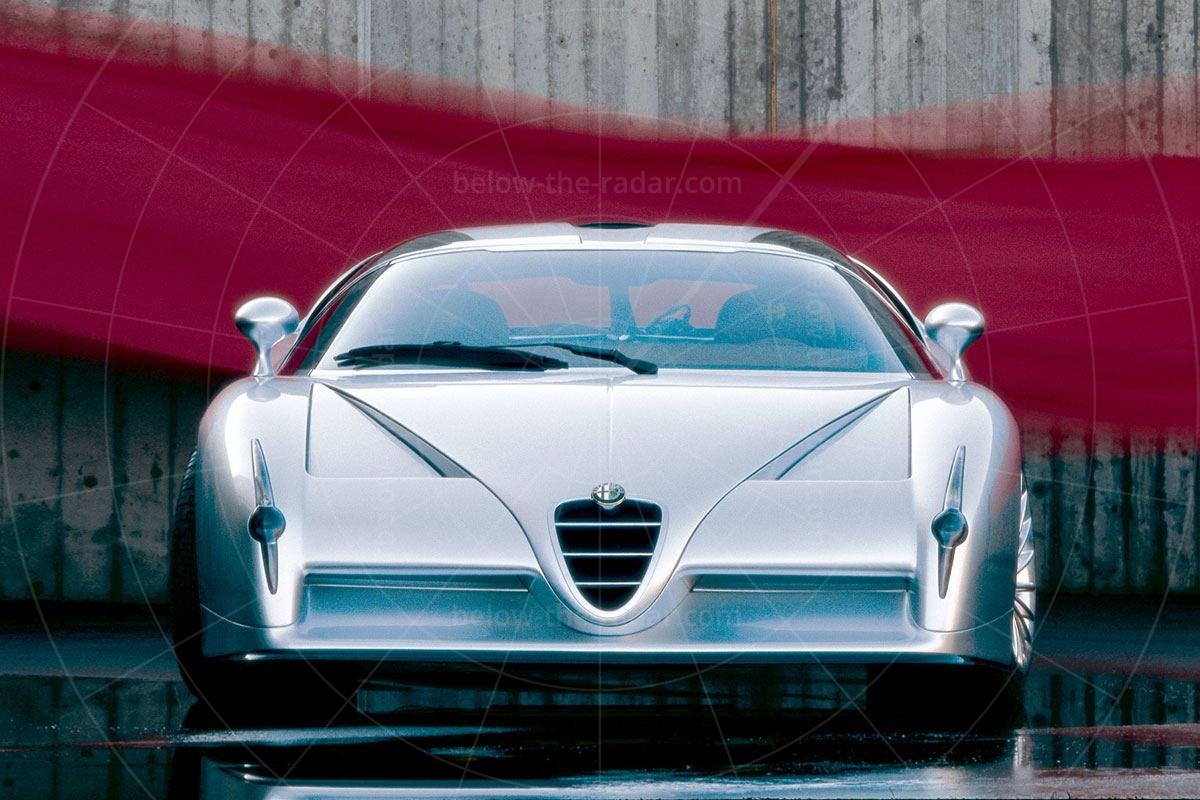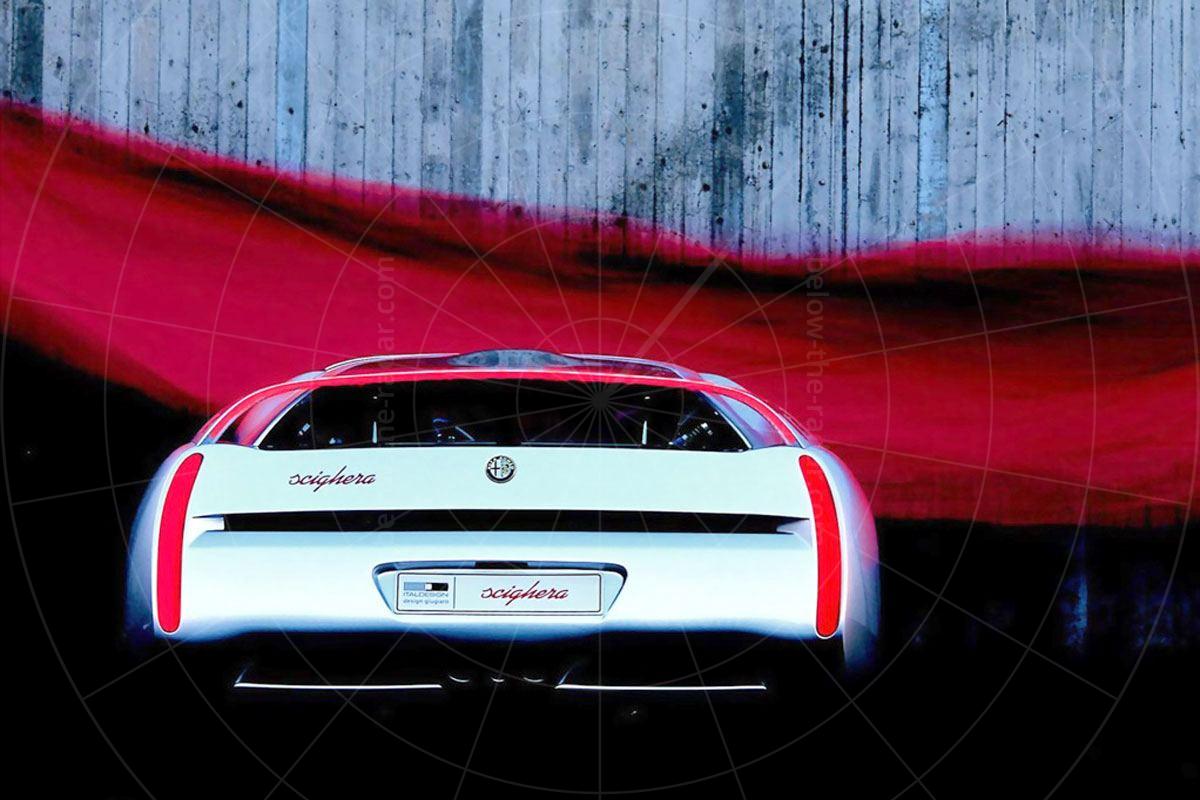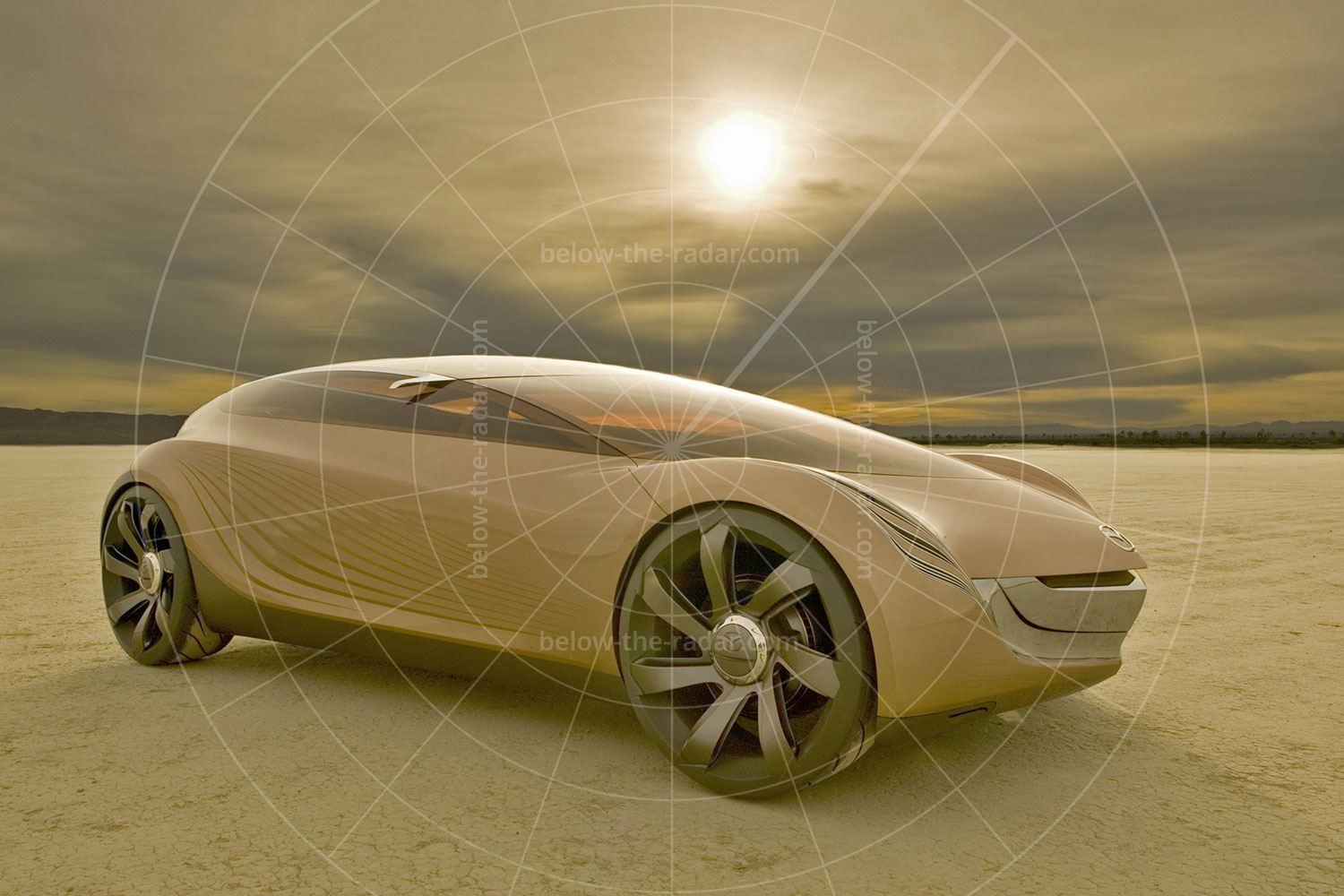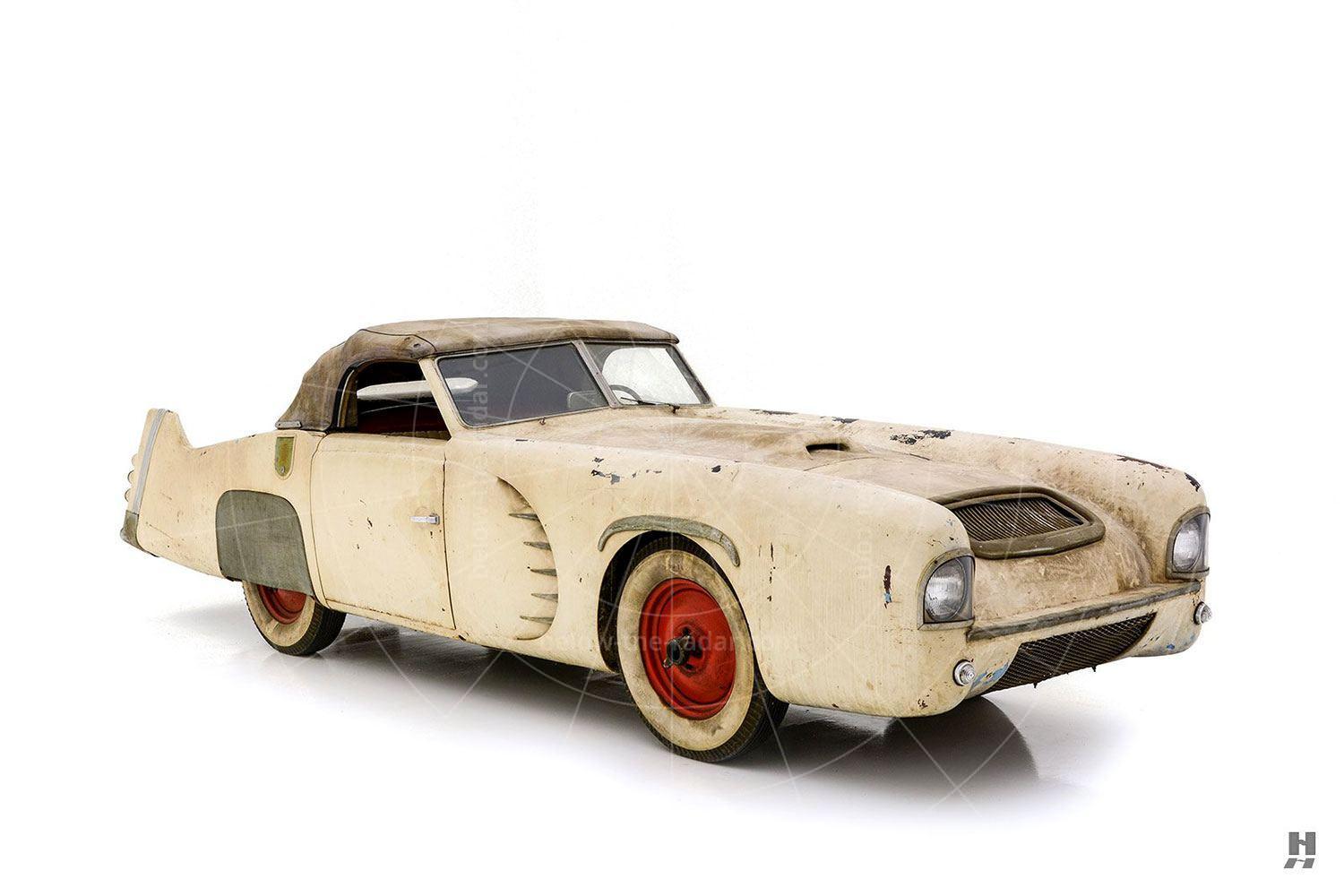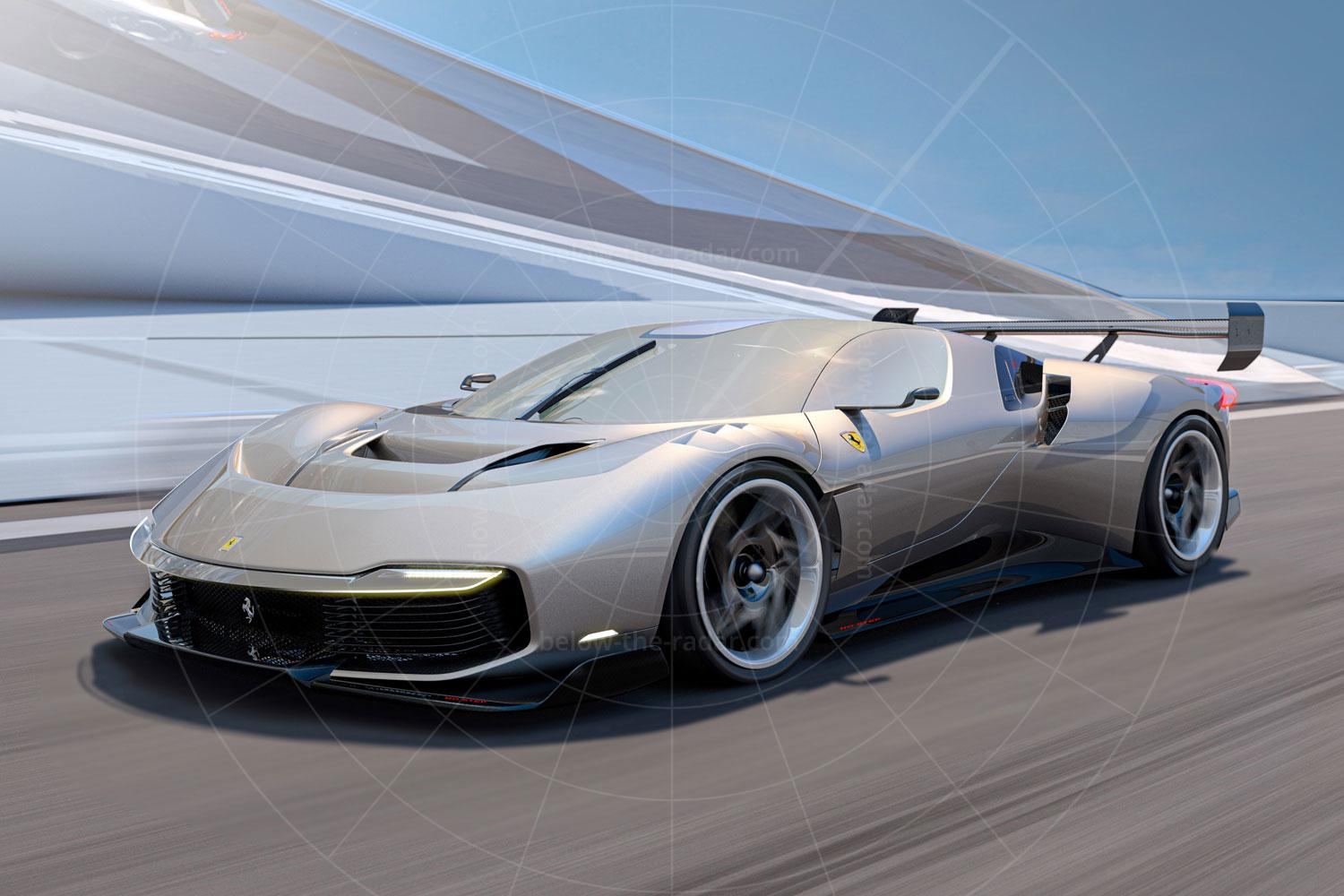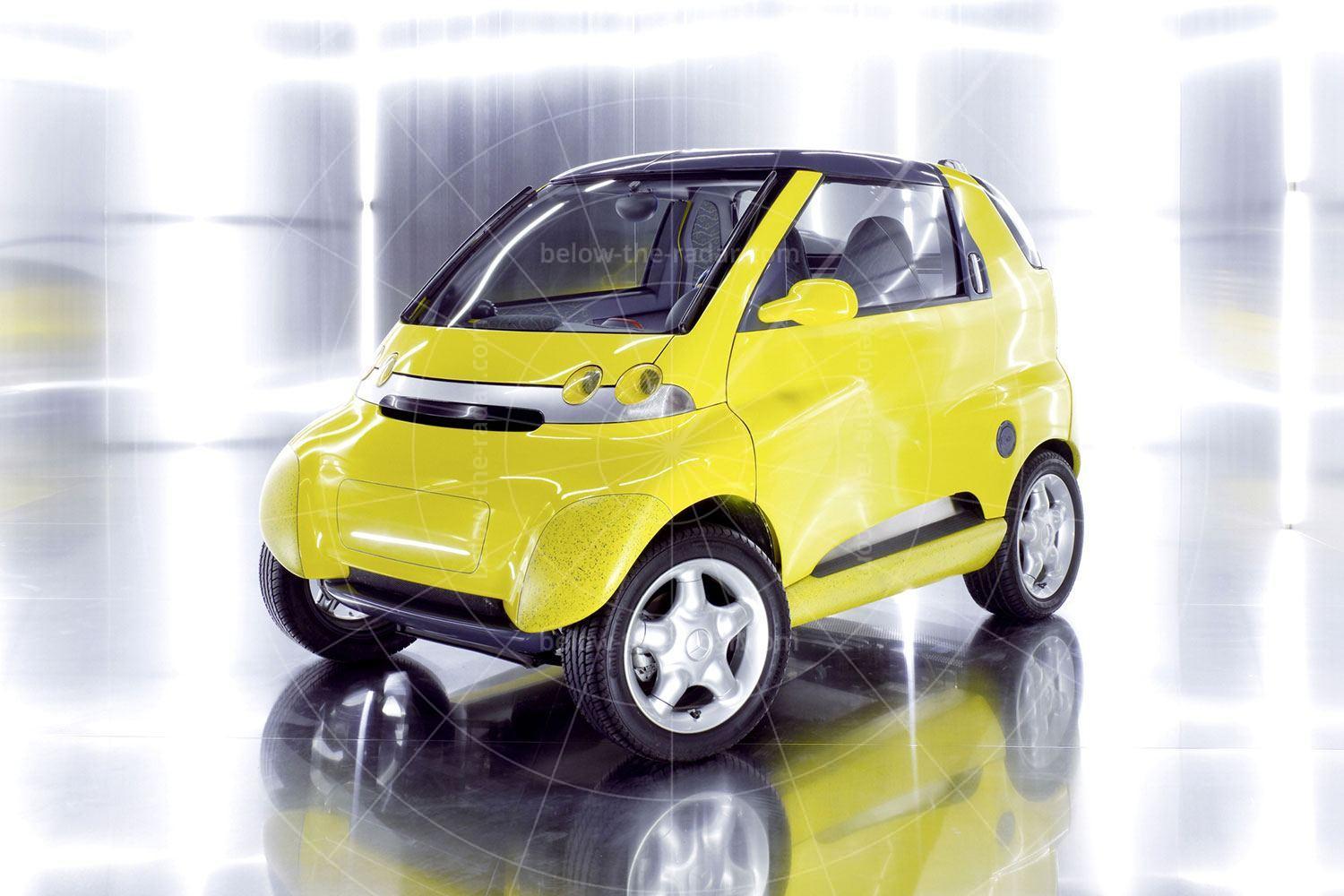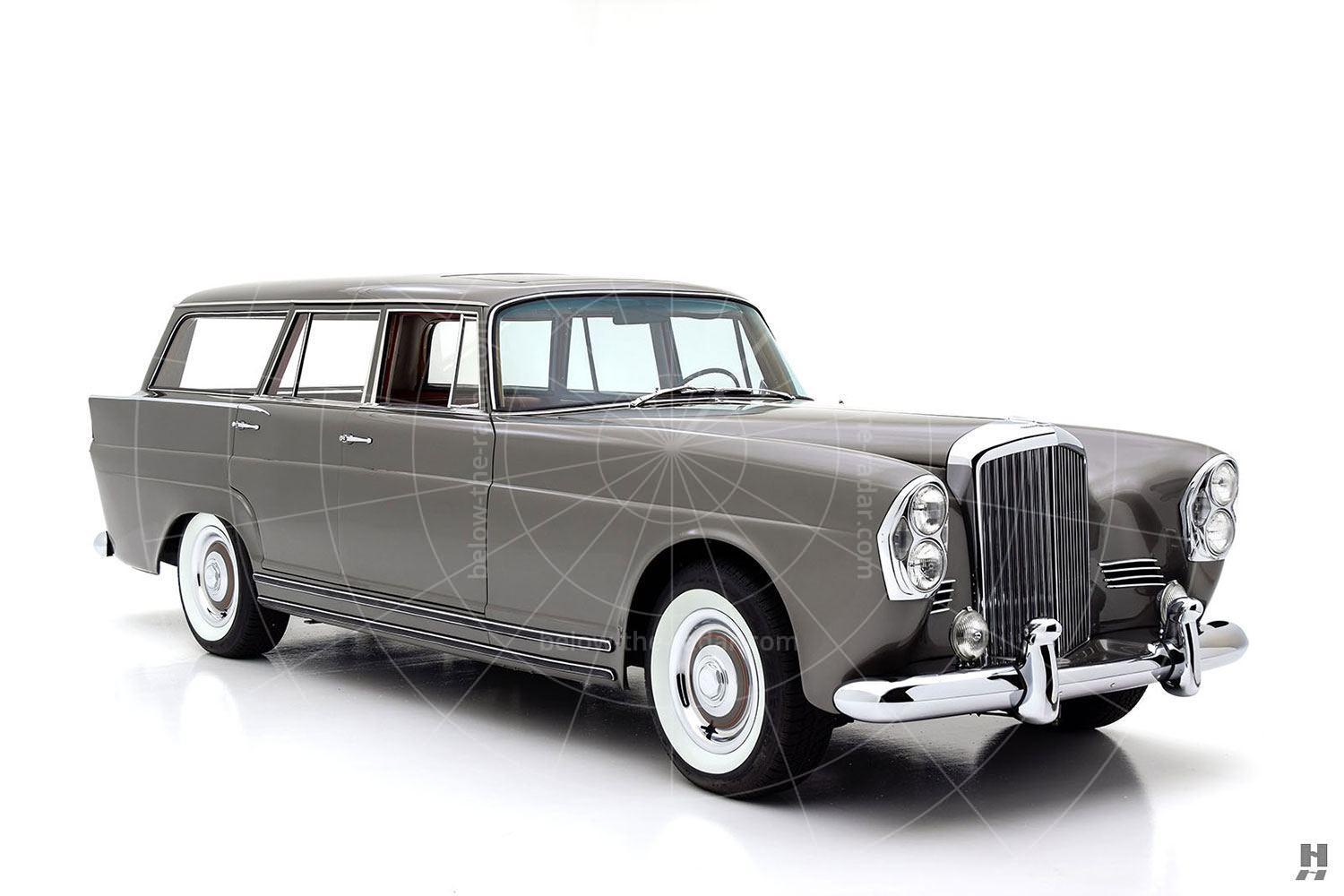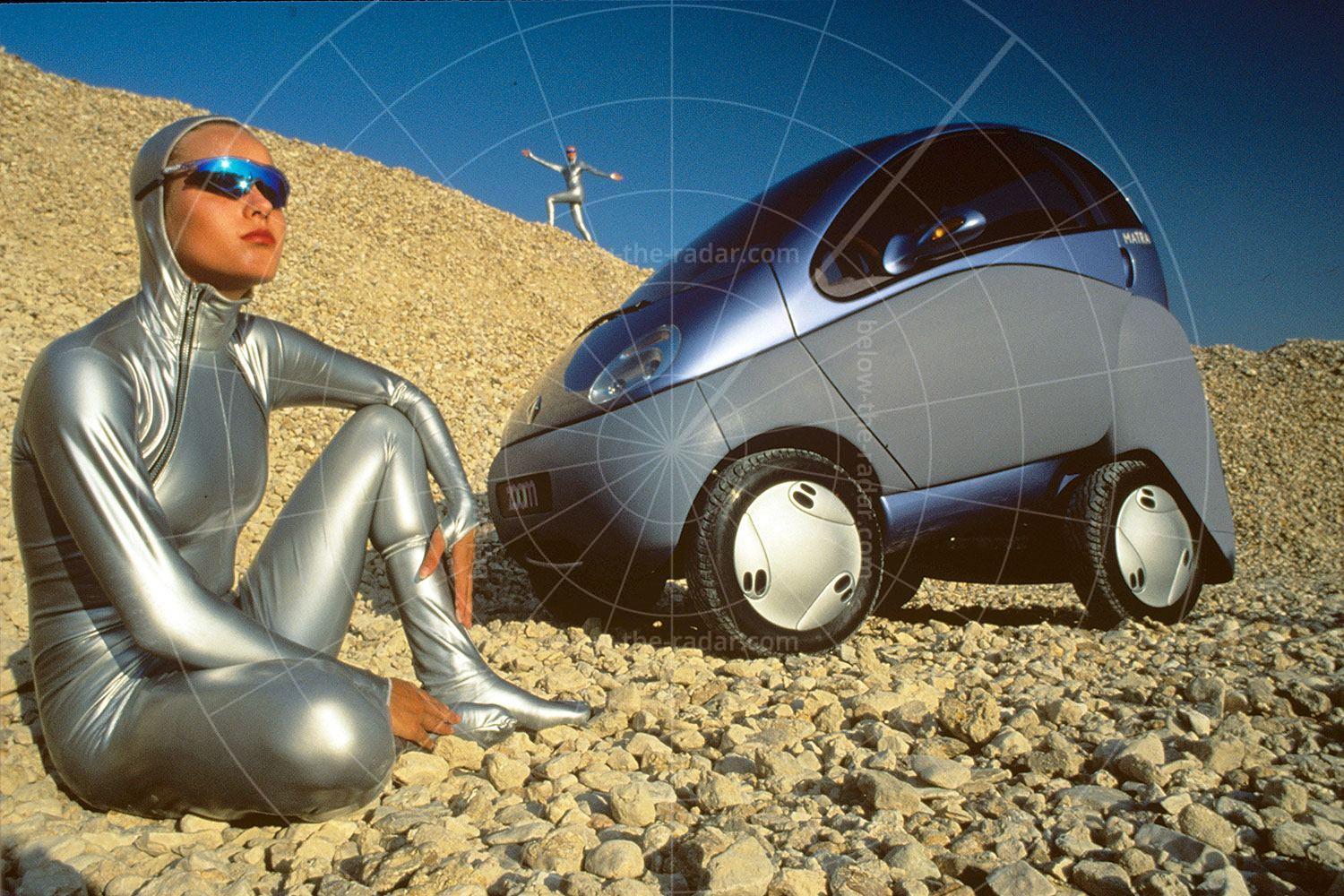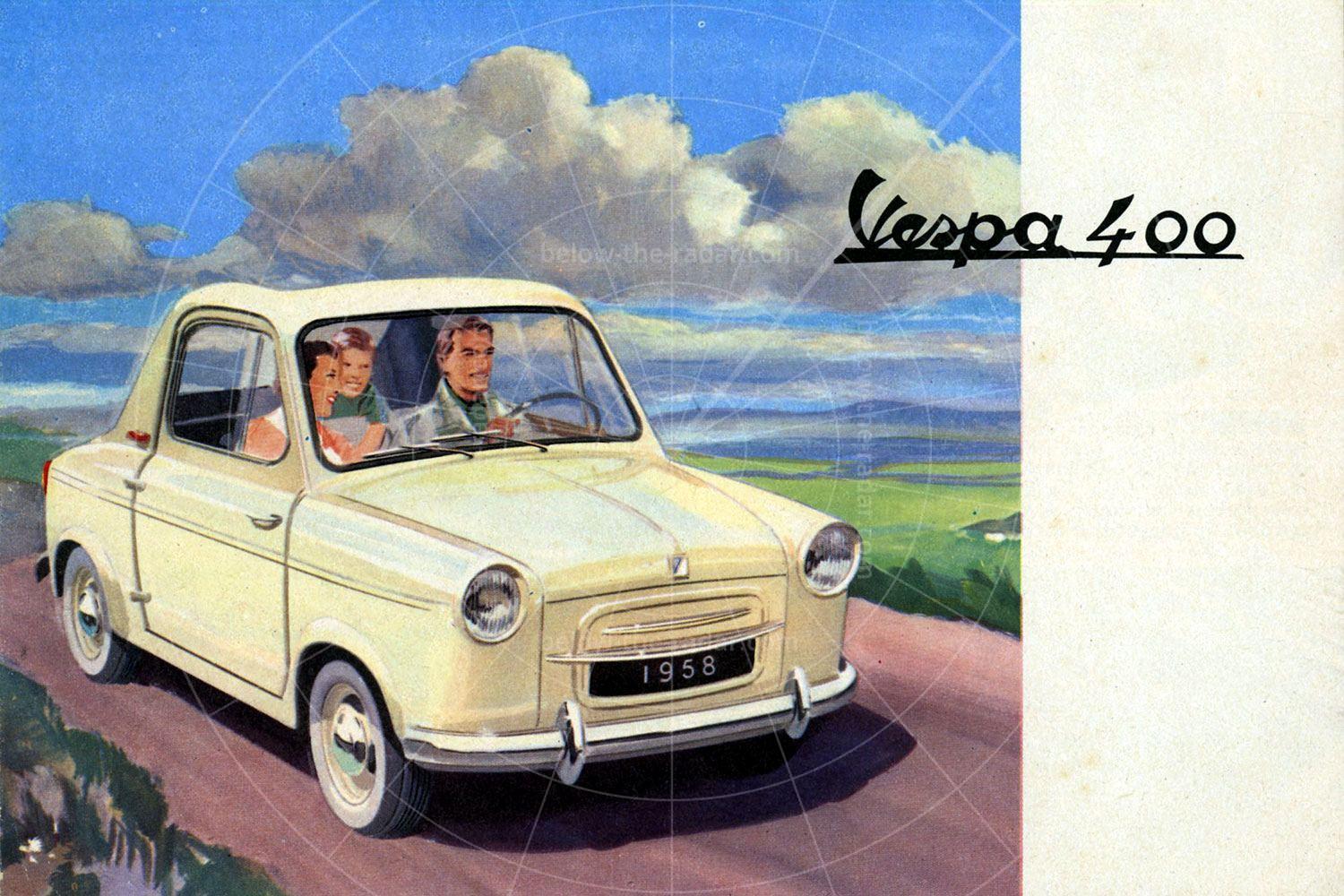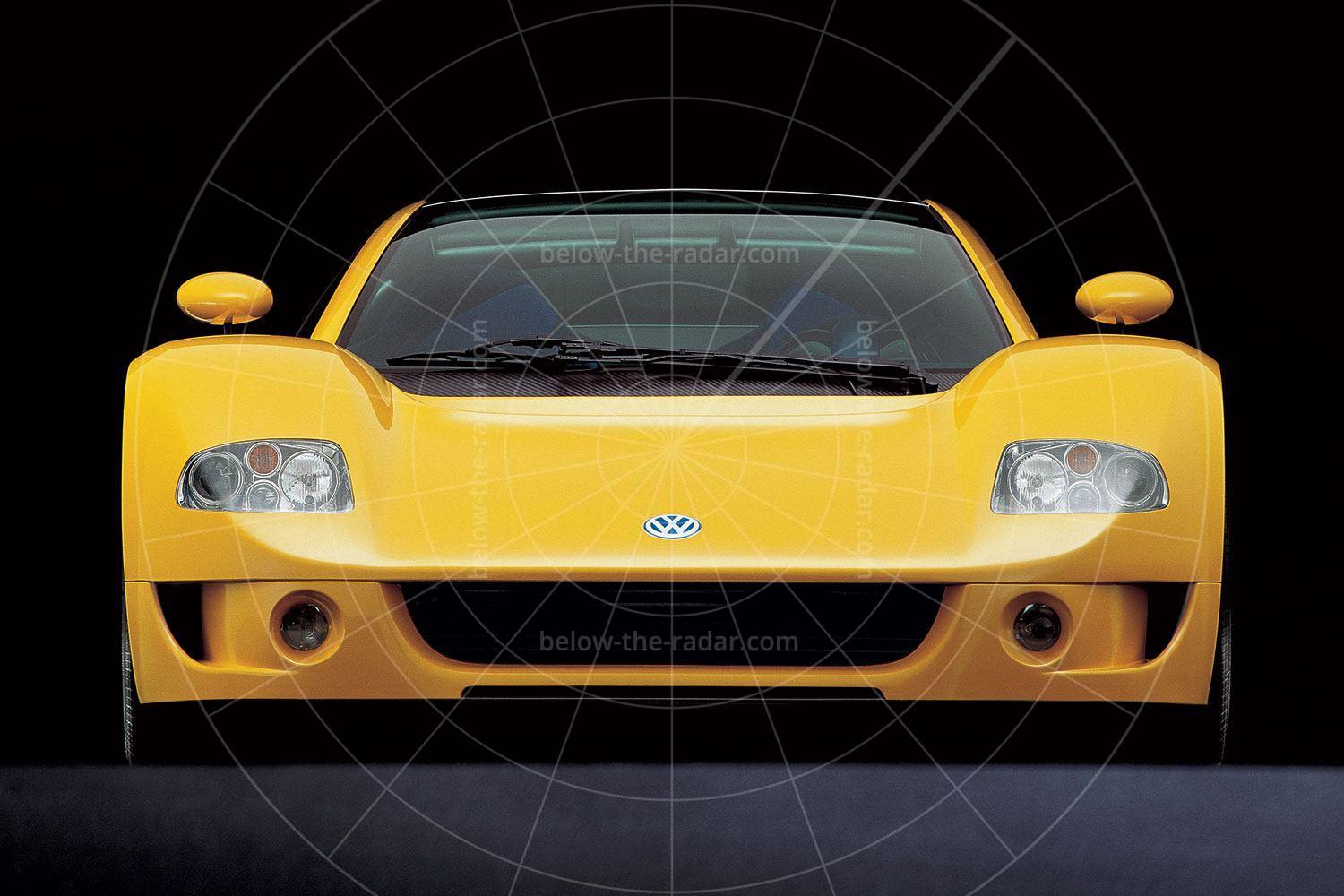Giorgetto Giugiaro and Alfa Romeo have been inextricably linked for six decades. While barely out of his teens, the would-be artist joined Bertone in time to style the 2600 Sprint before creating the landmark 105-series Giulia coupés. Not forgetting the Alfasud, the Alfetta GTV or, more recently, the Brera. But among all the hits, there have been more than a few misses; witness the Scighera, a car that tantalisingly – if theatrically – threatened to enter production. Predictably, it didn’t, which is to be expected of a car that began life in a roundabout way as a BMW. Sort of.
Unlike so many other styling houses, Italdesign has traditionally eschewed taking on car production. The sole occasion that Giugiaro and long-time cohort Aldo Mantovani relented was born of frustration when the Giugiaro-penned BMW M1 supercar failed to take off in the late ’70s. Subcontractor Lamborghini, undergoing one of its cyclical downturns, inconsiderately lurched into receivership after only the first four prototype M1 chassis had been completed: it had blown money received from the Italian government in its bid to land the BMW gig on the Cheetah military vehicle. Into the breach stepped Giugiaro. An astute businessman as well as a design divinity, he had previously rescued Ital projects from oblivion by prototyping in-house. Rather than let the M1 die, he undertook to go one further in this particular instance and manufacturer the car on BMW’s behalf. He enlisted local firms to aid his cause, but this proved such a headache he vowed he would never manufacture another car himself.
He never did, although the M1 clearly left an indelible mark for he produced another BMW-engined supercar for 1991. The Nazca C2 was in effect a modern take on the M1, with individually tailored prototypes being made over the next few years in the hope that the Bavarian giant might take it on as a production model. Which wasn’t such a daft notion – BMW bosses were reputedly interested, but then the speculative early ’90s supercar bubble burst as the global economy underwent its last meltdown. A costly halo product wasn’t on its radar.
So Giugiaro – with a degree of provocation from his affable son Fabrizio – decided that if BMW wasn’t interested, another manufacturer might well be. The result was the Scighera (pronounced Shigeera). Based, if only in part on the Nazca, beneath the Alfa’s dramatic skin sat a mid-mounted 164-sourced 3.0-litre V6 along with two turbochargers. Oh, and an additional supercharger. Transmitting this to the largely Lancia-based four-wheel drive set-up was a six-speed sequential ’box. Developed largely by Fabrizio Giugiaro, this was a fully-functional prototype, top speed said to be in the region of 180mph.
4320mm long, 1145mm high and 1980mm wide, this two-seater projectile was an odd-looking machine but a compelling one all the same. With a largely carbonfibre body draped over an aluminium skeleton, distinctive features included a Nazca-esque lift-out window arrangement that opened the coupé into a T-roof semi-convertible. Inside, the pedals were electronically adjustable at the touch of a button, the Connolly leather-trimmed seats being adjustable only for rake and height.
Promotional bumf talked of the Scighera – so named after a fog that shrouds the truth if Italdesign was to be believed – possibly, perhaps and even maybe reaching production.
And Alfa’s response? The car wasn’t acknowledged by company insiders following the big reveal at the 1997 Geneva Motor Show. The sole prototype was later road-registered and it became Giugiaro Junior’s personal road car. It currently lives in the Italdesign museum alongside a trio of Nazcas, just another supercar that time forgot.

